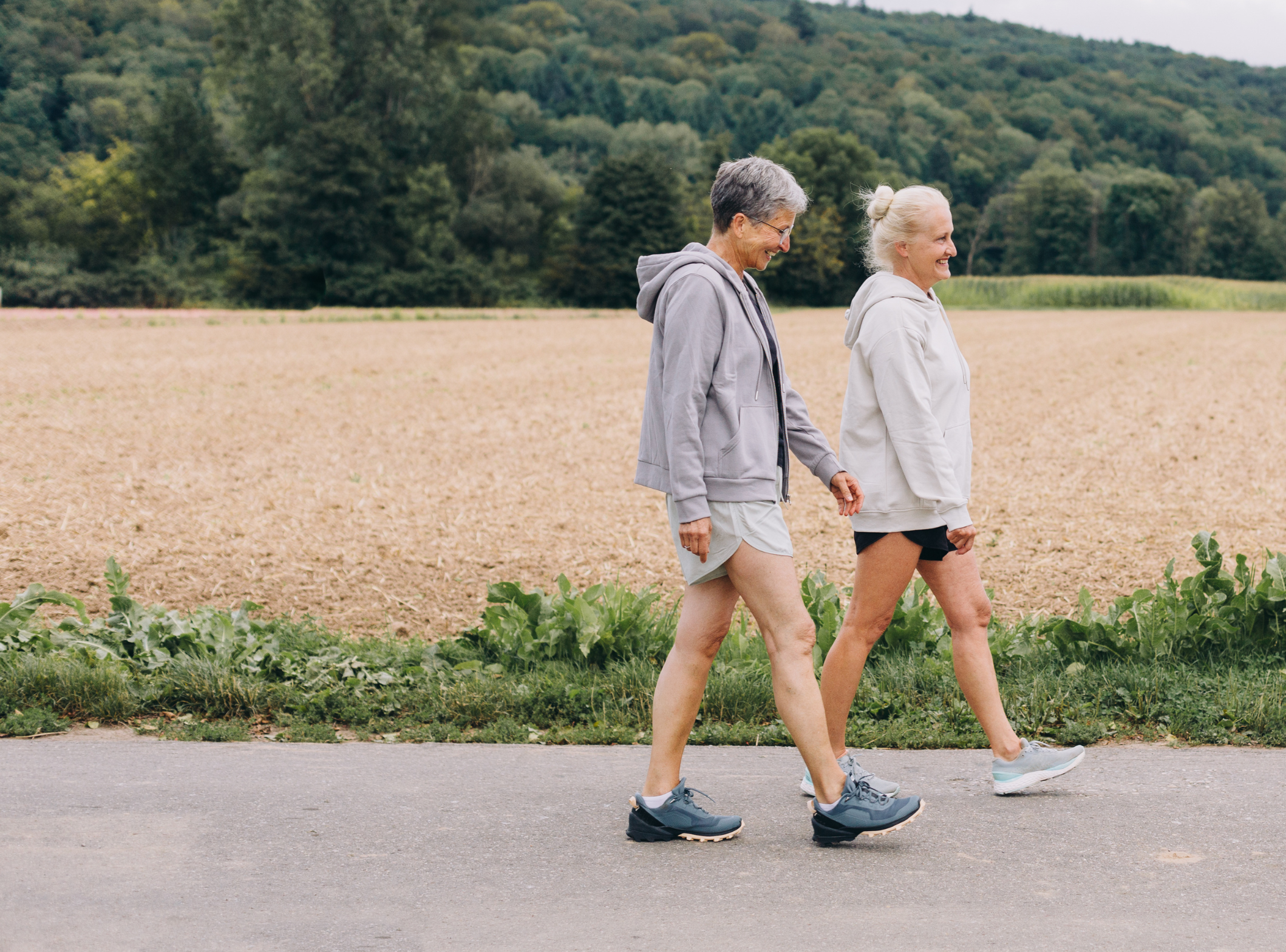Gut Health & Nutrition
It's a wonder any of us survived our twenties.
Most of us weren’t taught to value our gut health. In fact, we probably never gave it a second thought during the first few decades of life. That led to food and lifestyle choices that were anything but nourishing, with uncomfortable long-term repercussions.
The way your gut functions has everything to do with how you feel and the strength of your immune system. To turn dinner into fuel, your gut has to break that meal down into teeny-tiny particles, small enough to be absorbed into the bloodstream. And for that to happen, your digestive system has to be in tip-top shape.
If it’s not, the nutrients that were supposed to power your days turn into more poop instead! Not only did you waste money on that food, but now you’re a little malnourished too. Not good, right?
If this pattern goes unchecked, it can lead to common digestive problems, including bloating, heartburn, constipation, and diarrhea, as well as systemic symptoms such as headaches, joint pain, and fatigue. Even worse, you can start to experience chronic nutrient deficiencies, dysfunctional immunity, and a whole host of mood and hormone issues.

Every time your heart beats and your lungs expand, every time you walk or talk, make a decision, or fight off a virus... It’s all fueled by the nutrients you eat.
Which brings us to leaky gut.
Leaky gut syndrome is also known as intestinal permeability. The lining of the small intestine is normally joined tightly together. When that lining is damaged or loosened, it is unable to produce the enzymes that are needed for proper digestion. This permeability of the intestine also prevents the body from absorbing essential nutrients, leading to a weakened immune system.
Leaky gut permits harmful substances such as undigested food particles, bacteria, and toxins to move out of the intestine and “leak” into the bloodstream and the rest of the body. The result is an autoimmune response by the body that can present as:
Anxiety or depression
Arthritis
Asthma
Celiac disease
Chronic fatigue
Crohn’s disease
Diabetes
Eczema
Food allergies
Hormonal imbalances
Irritable bowel
Migraines
Every time food particles that are not supposed to get into the blood pass through a leaky gut, the immune system must go on the attack to neutralize those foreign particles.
That’s because your immune system doesn’t know that those particles are just some relatively harmless food. It considers anything foreign to be a potential infection, and your body takes those threats seriously.
When this only happens occasionally, your immune system takes care of the problem without issue. But when leaky gut goes unresolved, the immune system becomes overloaded and begins to make mistakes. These mistakes often result in multiple food sensitivities or autoimmune conditions.
Close to 75% of your immune system is in your gut, so when you have a problem with your digestive system, the likelihood of developing an immune-related illness increases dramatically. While the symptoms of various gastrointestinal problems overlap, discomfort like the following can be an indication of leaky gut:
Chronic diarrhea or constipation
Chronic gas or bloating
Skin rashes
Headaches
Chronic fatigue
Sugar cravings
Joint pain
Candida or other yeast infections are yet another common indication of leaky gut. Candida overgrowth in the digestive tract is considered a major player in some health problems, like mood disorders, sinus infections, recurring UTIs or vaginal yeast infections, and chronic fatigue. Leaky gut is a serious consequence of candidiasis, a condition caused by unresolved candida overgrowth.
What causes leaky gut?
How does damage to the intestines occur? The answers depend on the person, their overall health, and their DNA. There are many health issues and lifestyle factors that can increase the risk of leaky gut:
Excessive intake of refined sugars
Reliance on antibiotics or over-the-counter pain relievers
High alcohol consumption
Stress
Nutritional deficiencies
Inflammation
Medication use
It’s rare for leaky gut to have only one cause.
This is why pairing gut health testing and in-depth health history investigation is so powerful. Our process sheds light on all of the contributing factors and what needs to happen to allow the gut to restore function.
If you’re tired of living with a chronic condition, having low energy, or feeling like something just isn’t right, take the time to find out if leaky gut is interrupting your happy, productive life. Through microbiome balancing and diet and lifestyle adjustments, your body has the best chance to relearn how to work in a healthy way.
Ann Arbor Holistic Health practitioners all have extensive personal and professional experience with gut health, and it would be our honor to help you understand the root causes of your symptoms and regain your energy and joy. Contact us today to schedule your free Comprehensive Consultation & Evaluation.
Leaky gut can be the real problem behind food sensitivities, bowel inflammation, autoimmune disorders, thyroid imbalances, skin conditions, and more.
You may have a thyroid problem, even if your standard blood test results came back as “normal.” Discover the missing pieces to the thyroid puzzle.
Leaky gut can increase the likelihood of candida overgrowth, but proper nutrition guidance and lifestyle adjustments can rein it in before it causes damage or exhausts your immune system.














